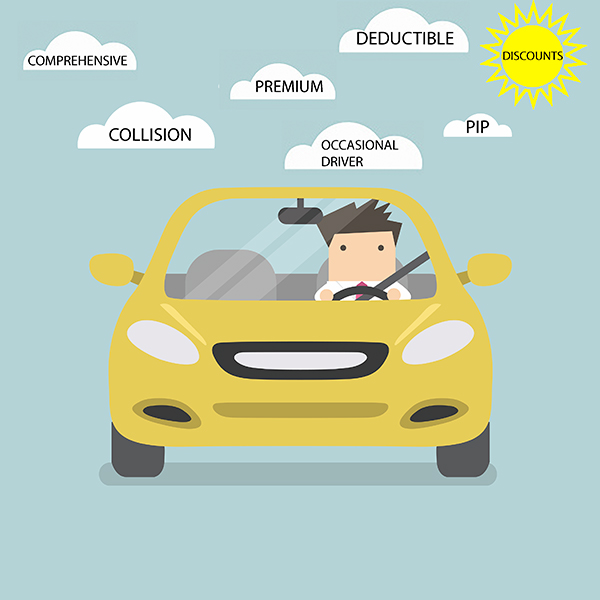Car Insurance Can Be Tricky – AIS Can Help
 Bad news, drivers: Five hundred of you took a pop quiz recently, and the results say you don’t know much about the insurance that you pay for. We took a quick look at the gaps and have some insight to offer:
Bad news, drivers: Five hundred of you took a pop quiz recently, and the results say you don’t know much about the insurance that you pay for. We took a quick look at the gaps and have some insight to offer:
Car Insurance Coverage Types
A lot of the confusion stems from the types of coverage you have and what you pay for. So, as a quick refresher course, here’s what pays for what.
• Auto liability covers property damage and bodily injury to others caused when a driver is at fault for an accident. Say somebody backs into you in the parking lot and smashes in your trunk: The auto liability part of their insurance (not yours) covers your repairs up to the limits of their policy.
• Collision covers damage you may cause to your own car in the course of operating it. If you crash your car, collision would pay for the repairs, less the deductible you have selected. Note that your collision coverage may also be used if you are not at fault for an accident but there are issues with coverage or limits for the at fault party.
• Comprehensive covers you in case of damage caused to your car by risks other than collision with other vehicles, like forces of nature. If a tree falls on your car, you hit a deer, or your car is caught in a flood, comprehensive coverage would pay for those damages, less your selected deductible.
• Uninsured motorist coverage would cover injuries or damages caused by drivers who have no insurance at the time of the accident and are determined to be at fault or hit-and-run drivers. Uninsured coverage comes in the form of property damage (UMPD) and injury (UMBI).
• Medical Payments (MedPay) or Personal Injury Protection (PIP) covers people that were in your car at the time of the accident and sustained injury. Both MedPay and PIP have specific coverage limits and we suggest you speak with your agent or company directly to confirm what may or may not be covered.

Apparently there’s some confusion about what it means when an insurance agent says something along the lines of “your liability coverage limits are 25/50/40.†So just to be clear, the first number is how much coverage you have, in thousands, for injury you may have caused on a per-person basis. The second is how much you have in thousands to cover all injuries sustained by others on a per-accident basis and the third is how much you have to cover all property damage you may have caused, whether it is to a car, a building or both.
So somebody with a 25/50/40 policy would have $25,000 in coverage for bodily injury to one person, $50,000 for all bodily injury caused per accident, and $40,000 to cover any property damage they may have caused and were found to be at fault for on a per-accident basis
Insurance Follows the Car
Some people believe that if you’re driving a car, it’s the insurance of the driver that matters. However, in California that is usually not the case: In California, in general, auto insurance follows the vehicle, with some limitations. One example where this may not apply is if you drive a friend’s vehicle, with permission, and your friend does not carry insurance on his car. In this scenario, your insurance may step in and provide non-owned vehicle coverage for an accident. Again, many details here and we suggest you discuss how your coverage would apply in this scenario with your company or agent before driving someone else’s vehicle.
In addition to the above, there was confusion about discounts and paperwork. That’s why we at AIS pride ourselves on our customer service. People are sometimes embarrassed to ask us what they think is a “dumb†question. But if you don’t ask, how will you learn?
So if you’ve got a question, no matter how silly you think it is, or if you’re looking for an agent who knows that a prepared driver is a smart driver, call AIS. We’ll help you get on the road, and help guide you if the worst happens
This content is offered for educational purposes only and does not represent contractual agreements. The definitions, terms and coverage’s in a given policy may be different than those suggested here and such policy will be governed by the language contained therein. No warranty or appropriateness for a specific purpose is expressed or implied.

